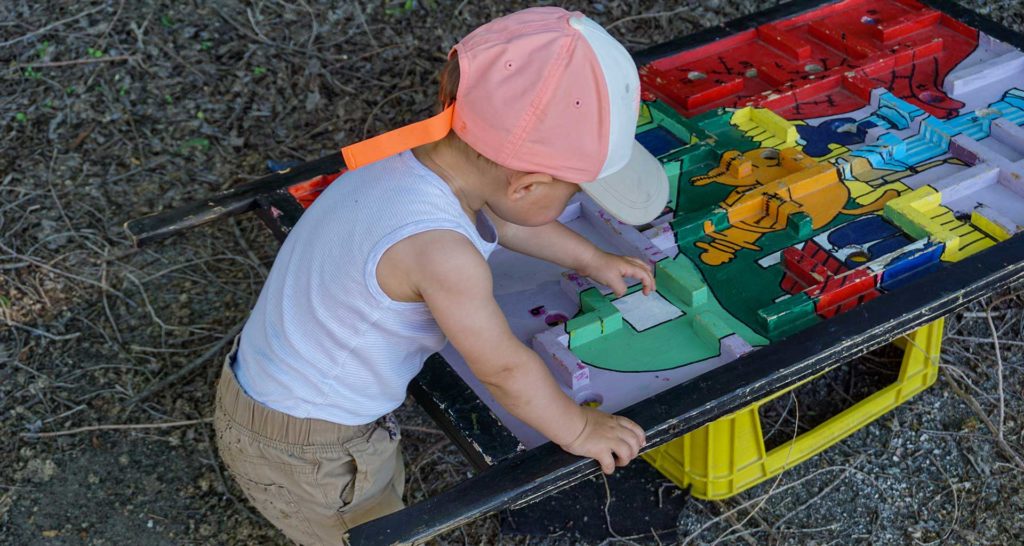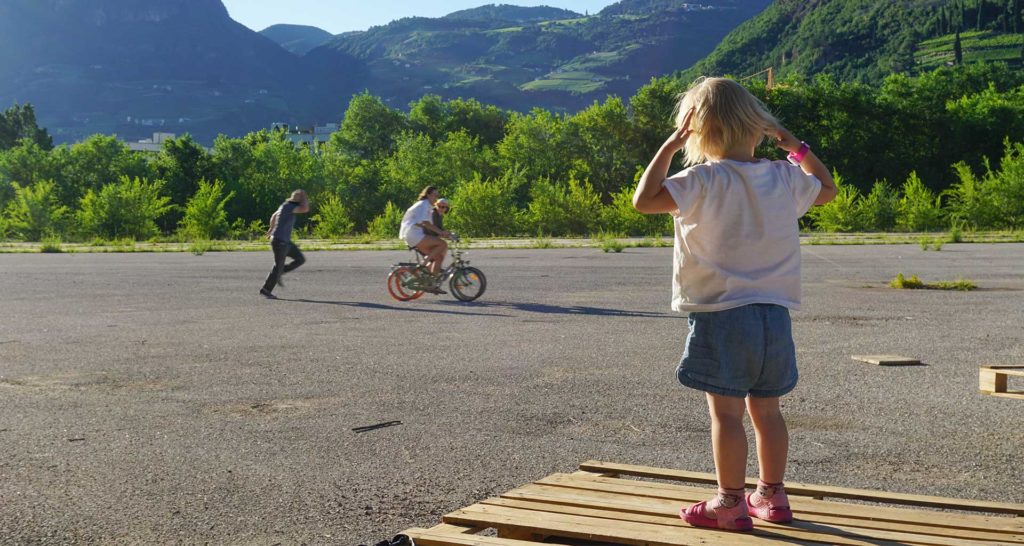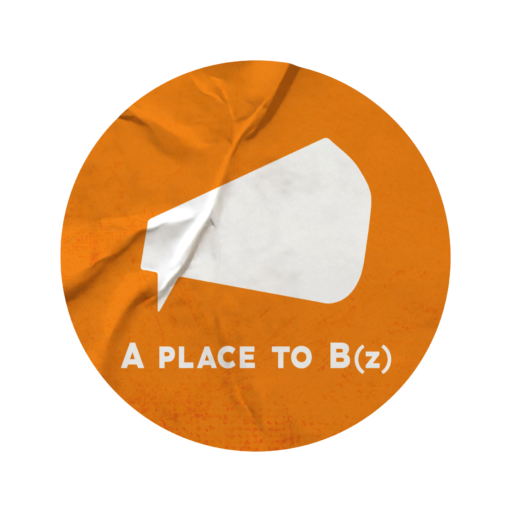
From the beginning of our project, we wanted to include the neighbourhood and do an event in the area. We quickly learned that achieving this was not easy, due to a lack of collaboration between different stakeholders. After a long and confusing, bureaucratic process we were finally allowed to enter the site with a small group of people. When we gathered in front of the entrance, our group quickly grew in size, attracting by-passers to join, as it was the first opportunity for all of them to see the area for themselves. Next to the neighbours, who we had invited through posters and Instagram posts, a group of members of local associations and representatives of the city joined our tour.
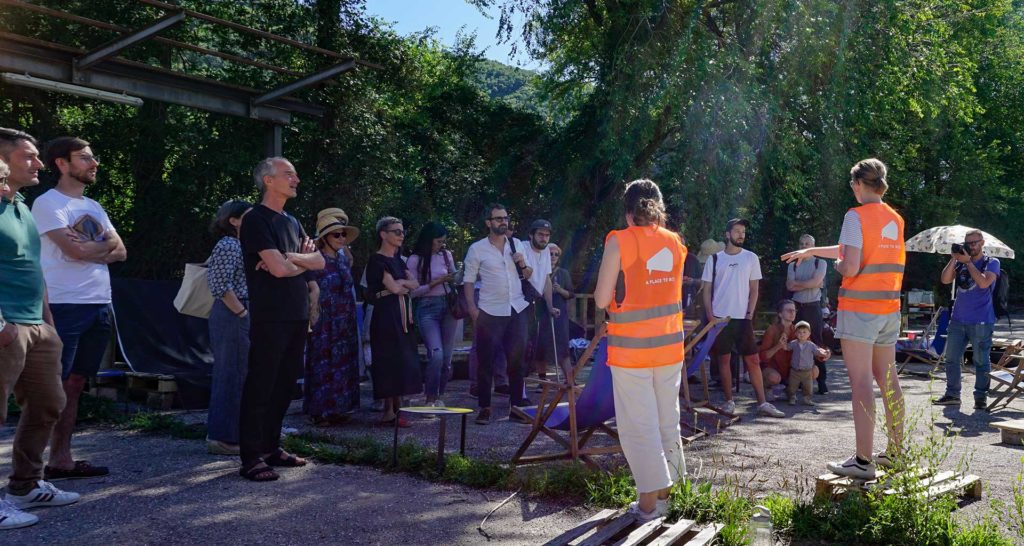
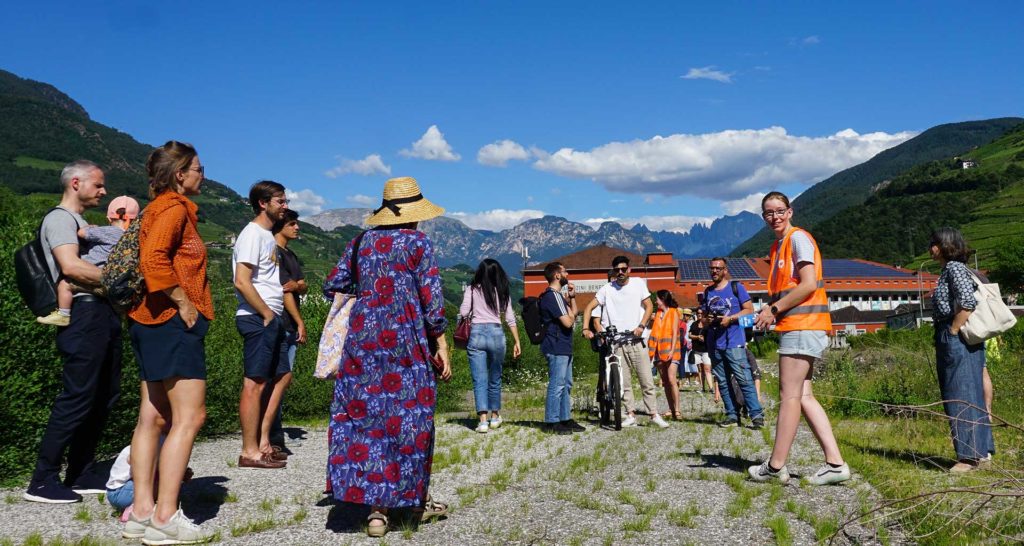
We started the afternoon with a walk through the area. During the walk, most participants were struck by the enormous size of the area. By walking we showed them the three main zone of the site. The first zone is an area, which was used to store cars before selling them, hence the protective hail nets. We consider the big parking lot the second zone. In times of high touristic volume, it is used for coaches. The third zone consists of the orange structure and old rail tracks. To see more pictures of the area click here. This event was the first time in over thirty years that a group of citizens had been granted access to this area. As we walked some participants started sharing stories they knew about former uses of the area.
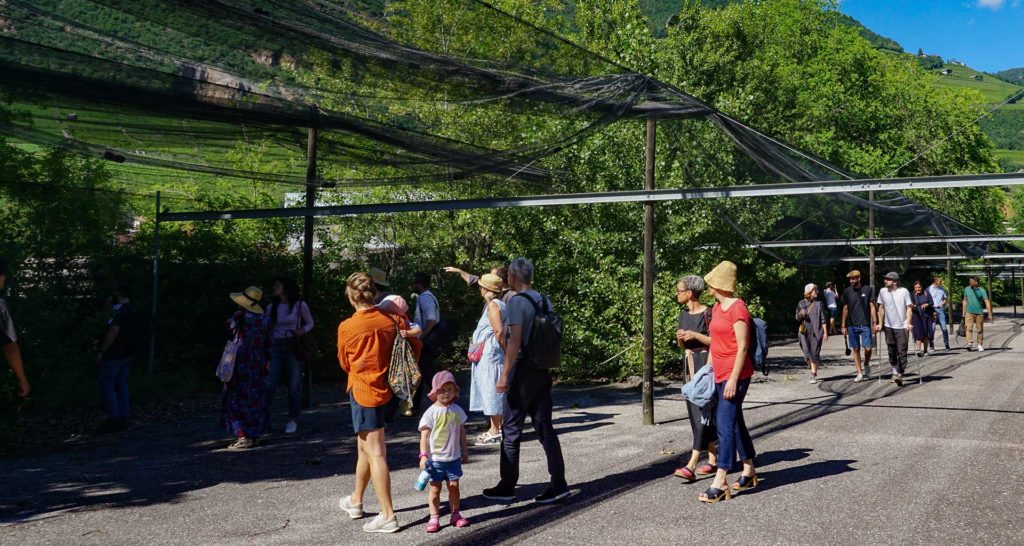

Having conversations
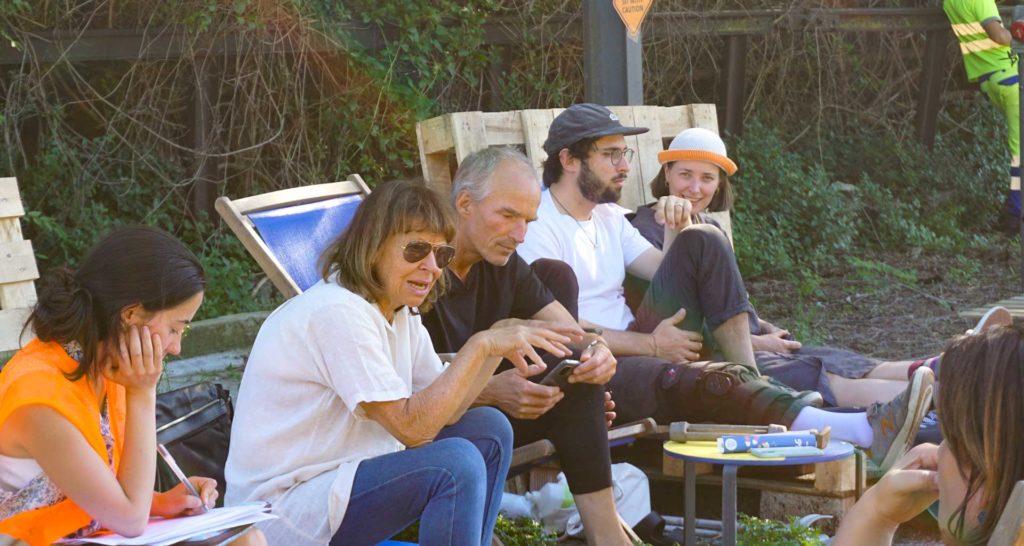
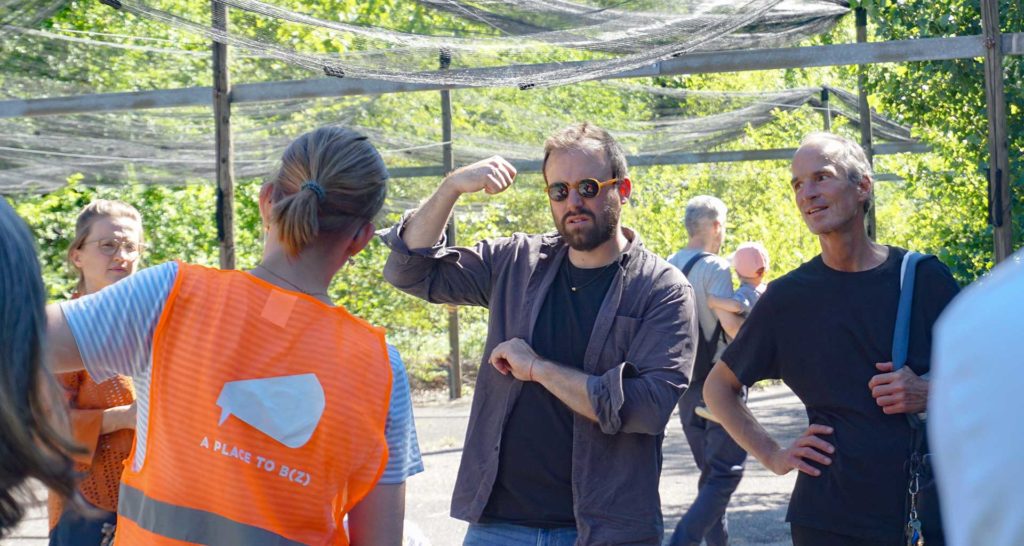
After the tour, we set down to discuss future uses for this area. Being on-site had a galvanizing effect on the debate around possible uses for the site as many felt inspired by their surrounding. Experiencing alternative futures helps to believe that things can be different. Together we can work on building this future.

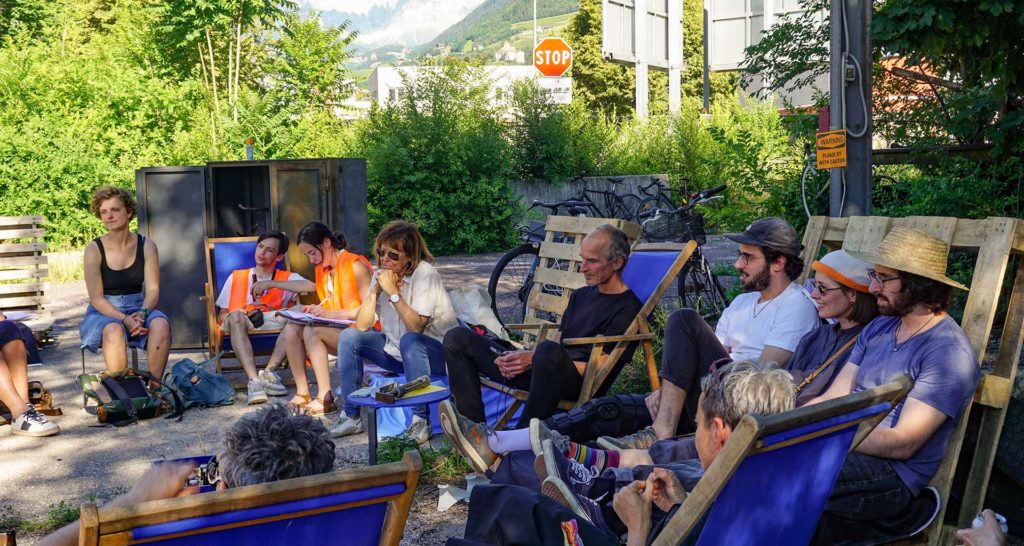
With the help of some local shops, we built some urban furniture. People quickly reclaimed the area on their own. Just by using the free space, sitting together, having conversations or playing games this area quickly felt more lively.
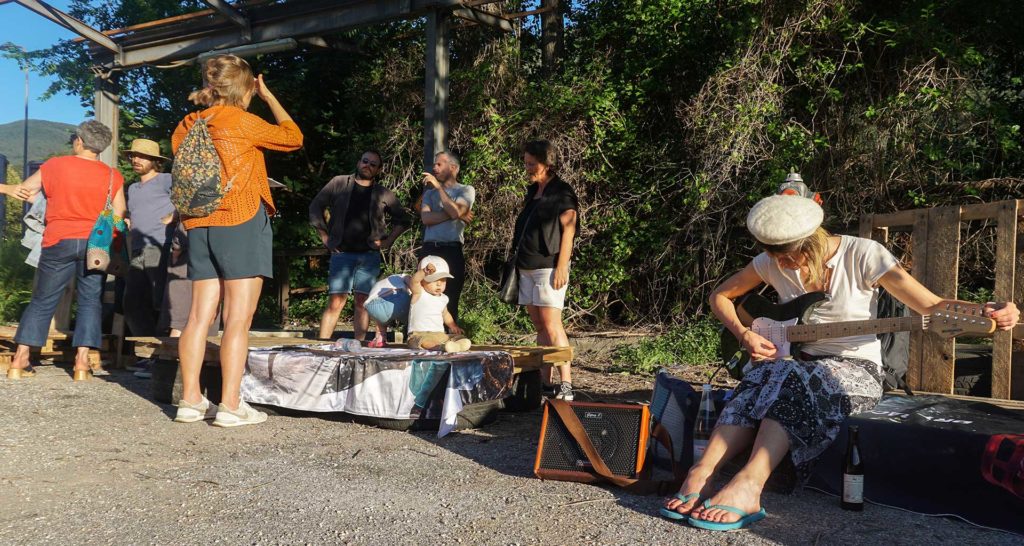
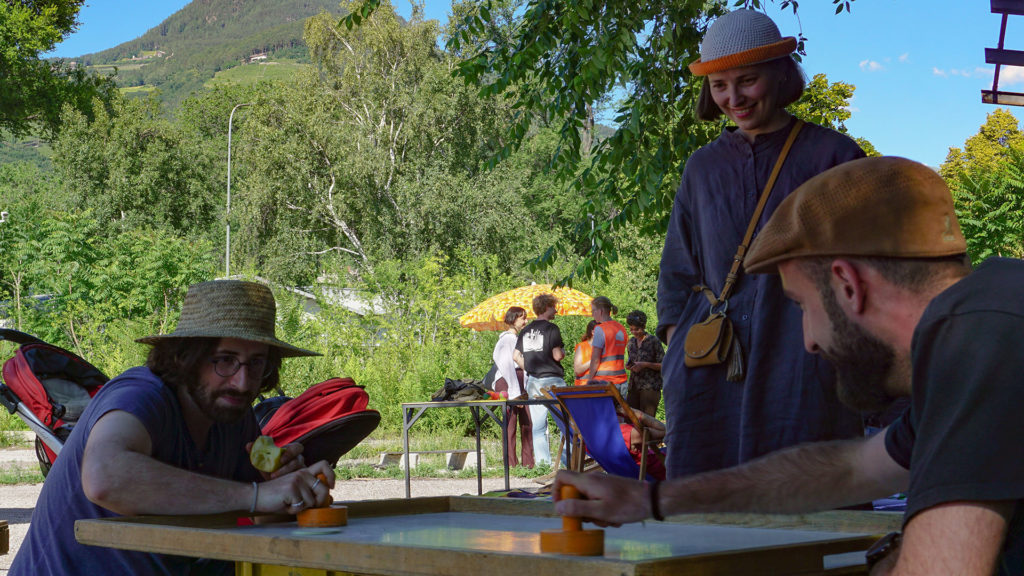
This event was facilitated by the network of partners we were able to build up throughout the course of this project. Lungomare supported us with their co-carts and some chairs. Furthermore, VKE lent us a variety of different games to play on-site. Additionally, some local shops helped us in finding materials to build urban furniture. Salewa gifted us some old advertising banners to use as seat pads.
